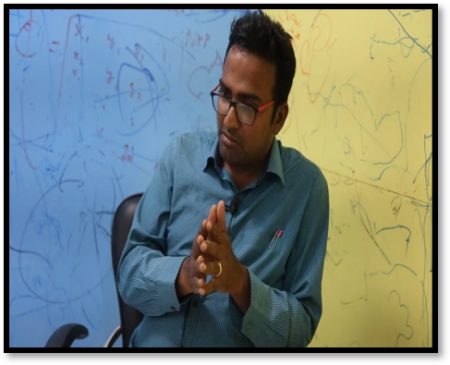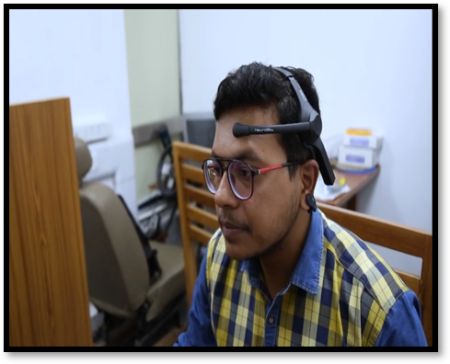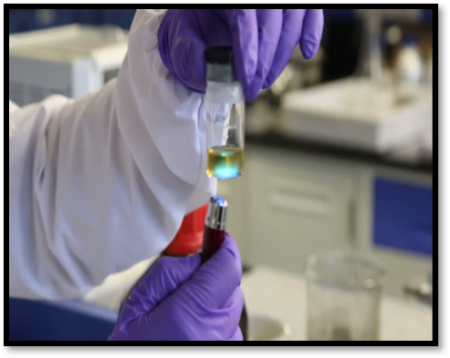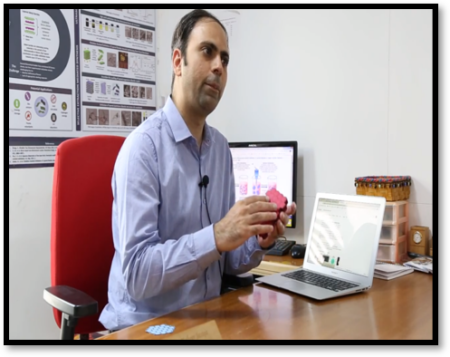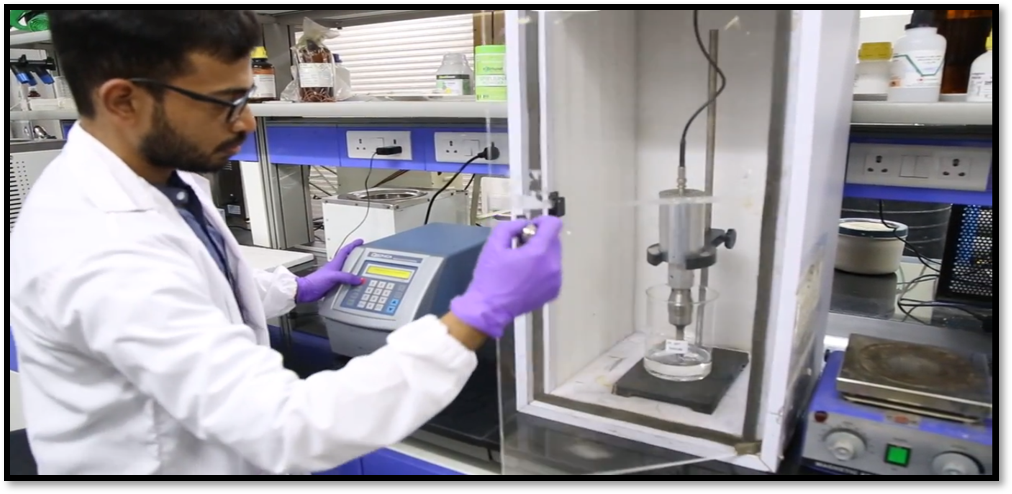
“Science and everyday life cannot and should not be separated.” – Rosalind Franklin, renowned chemist and X-ray crystallographer
Hello Friends! I am back, yet again, with some more interesting science stories from IIT Gandhinagar for you all. Similar to parts I, II, and III, this fourth issue also consists of stories that intend to spread science literacy among people about the latest interdisciplinary and collaborative researches happening at this Institute. I believe that science is the most beneficial when it is within reach of society, and effective science communication leads to the exploration of science, research, and technology for the advantage of all.
So, let us take off on our interestingly educative journey of research-tales!
Were you aware that human mistakes are the principal reason behind about 70% of accidents happening in the process industries around the world? Today’s first story is about a study aimed at decreasing the rate of these accidents. Dr. Babji Srinivasan, a professor in Chemical Engineering, and his team have come up with a methodology that can, in a real-time environment, potentially measure the cognitive workload of operators. These biomarkers, based on the electroencephalogram (EEG) and eye-gaze patterns, can contribute towards maximizing the chances of safety and minimizing errors. Data from these parameters aids in the estimation of a critical question — whether operators can handle the situation, or do they require any support?
This research, in collaboration with IIT Madras, is globally the first of its kind in Chemical Engineering. The promising preliminary results from this investigation have also paved the way for a similar project with the Bhabha Atomic Research Centre (BARC). In the future, the objective is to use multiple sensors to enhance the accuracy and robustness of these results. The fundamental scientific question to be addressed involves a comprehensive quantitative examination of human performance in such workplace environments.
The second tale is of an unexpected discovery that will potentially affect the existing experimental protocols used to synthesize 2D nanomaterials. These nanosheets are transforming numerous everyday technologies and are rapidly gaining popularity in the commercial market. Dr. Kabeer Jasuja, a professor in Chemical Engineering, along with his research team, witnessed a unique phenomenon. During the conventional process of nanosheet synthesis, which involves an organic solvent and a layered parent material, it was believed that bursts of high energy sound waves (ultrasonication) do not affect the solvent. But, researchers recently found out that this solvent itself transforms into quantum dots upon ultrasonication. Quantum dots are tiny fluorescent nanostructures, just 2 nm in diameter.
On shining a laser-light through the organic solvent (with no layered parent material) after the experimentation, the team saw that the dispersion showed a different color than that of the laser they were shining. This scattering of light is due to the presence of particles (quantum dots) in the solvent and is known as the Tyndall Effect. Hence, this research highlights that rather than the traditionally known single process, two processes happen simultaneously during the synthesis of 2D nanosheets. The first is the shedding of the parent material, and the second is the transformation of the organic solvent into quantum dots. In the future, Dr. Jasuja’s lab wants to make these nanomaterials and quantum dots more accessible to people.
So, friends, the story-time for today ends here! I will soon return with more such educative-cum-engaging tales, advancing in my attempts of effective science communication to the general public. Till then, enjoy the winters and stay tuned!
“Science is part of the reality of living. It is the what, the how, and the why of everything in our experience.” – Rachel Louise Carson, renowned marine biologist, author, and conservationist

